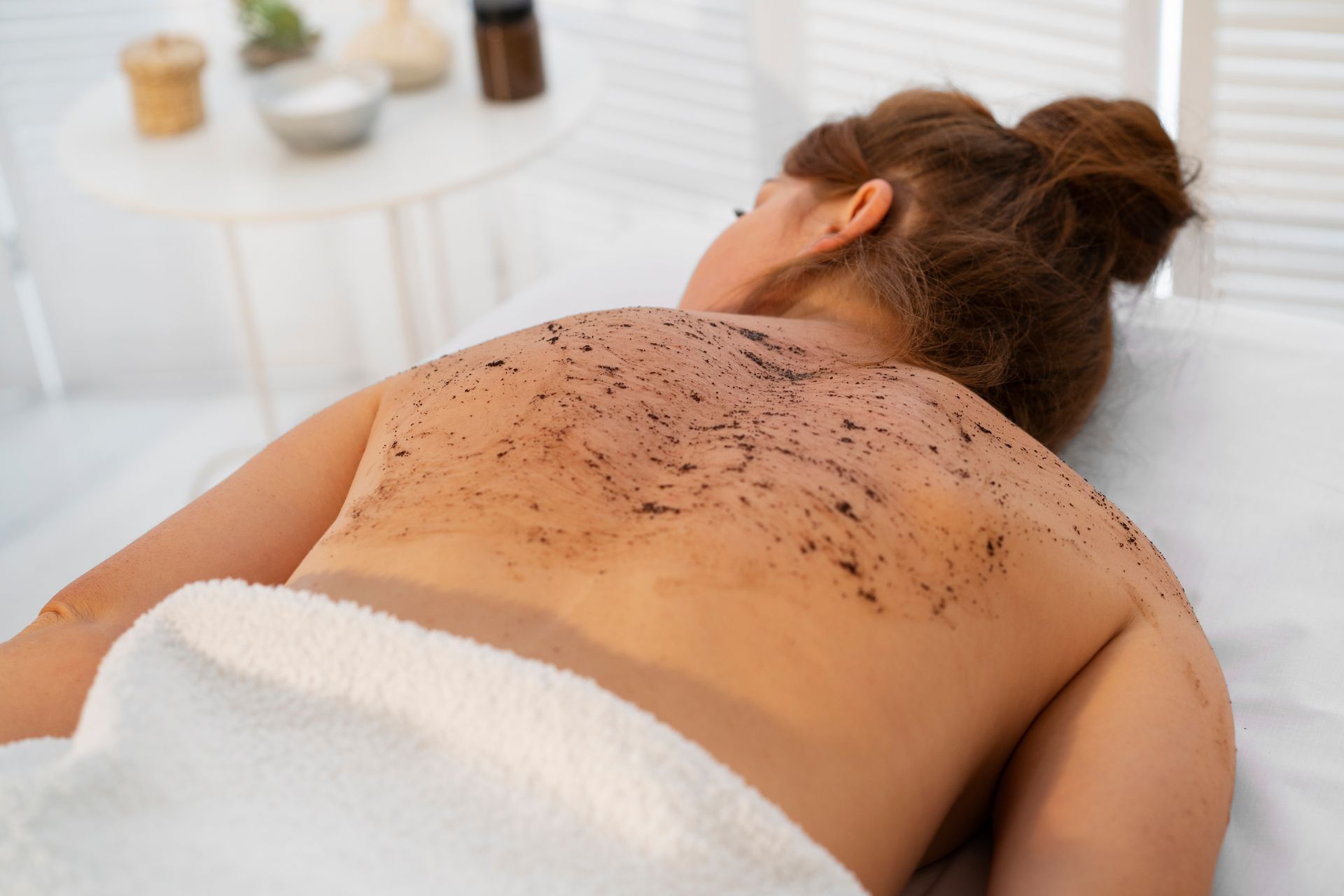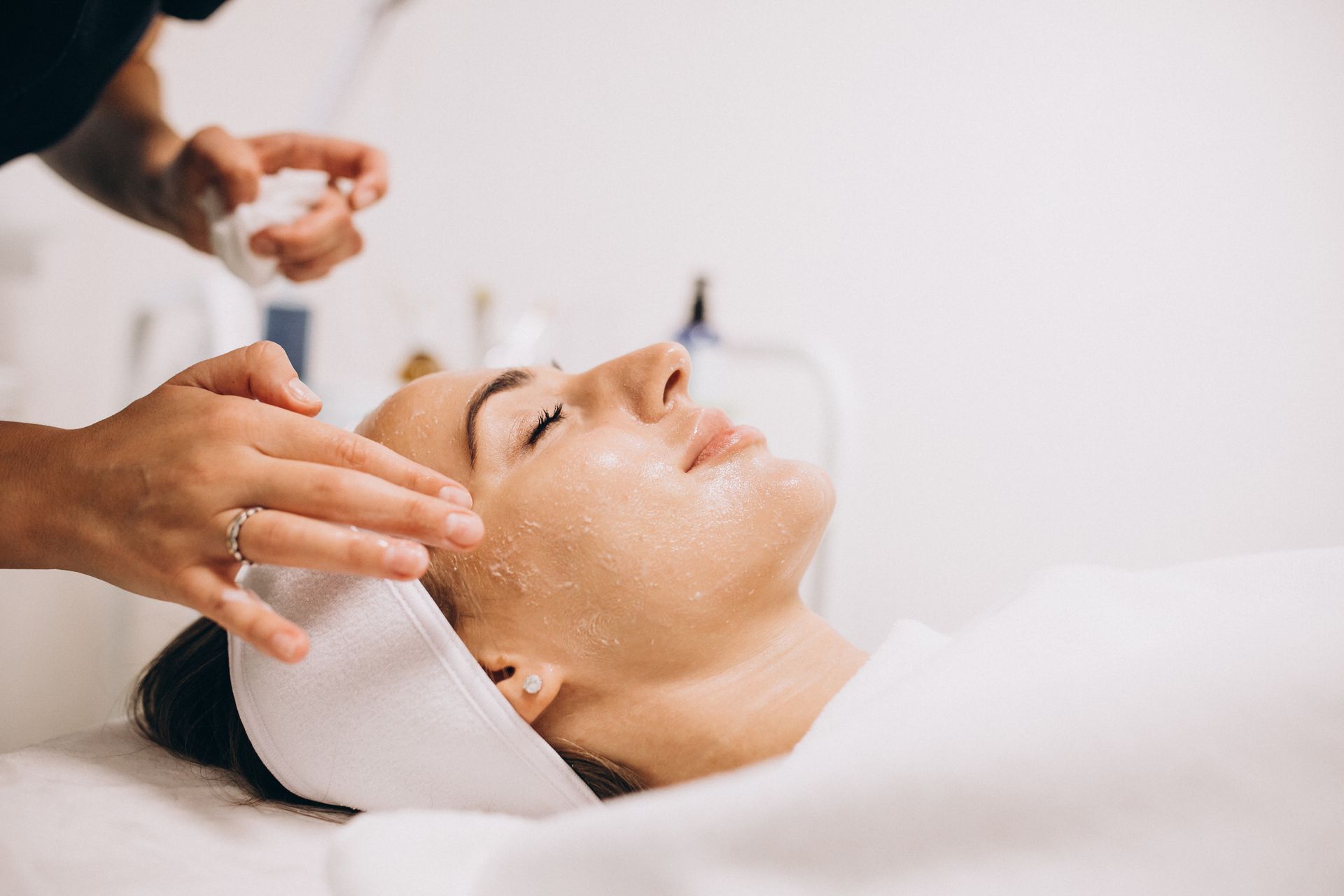Pros and Cons of Laser Hair Removal for Dark Skin Tones
Unwanted body hair has remained a persistent concern for countless individuals worldwide, driving the quest for effective solutions to this age-old problem. Among the array of methods available, laser hair removal has distinguished itself as a popular and highly efficient choice. Offering the tantalizing prospect of enduring smoothness and unparalleled convenience, it has transformed the beauty and grooming industry. However, it's imperative to recognize that the efficacy and safety of laser hair removal can vary significantly based on an individual's skin tone. In this in-depth exploration of the pros and cons of Laser Hair Removal for dark skin tones, we go through the science underpinning this groundbreaking procedure, its myriad benefits, and the pivotal importance of considering one's skin tone before embarking on the path to hair-free skin.
If you've ever wondered whether laser hair removal is a suitable option for your darker complexion, this guide is tailored to provide you with invaluable insights. We will unravel the nuances that distinguish
laser hair removal experiences for individuals with darker skin tones, helping you make an informed decision about this transformative beauty treatment. Here are the key factors that can truly make all the difference for your unique skin type, whether you are considering your
first laser hair removal session or enhancing your existing knowledge.
Pros of Laser Hair Removal for Dark Skin Tones
- Laser hair removal works well on dark skin tones because it can target the dark pigment in the hair without harming the surrounding skin. This means it can effectively remove unwanted hair and keep it away for a long time, which is great because you don't have to worry about constant shaving or waxing.
- Laser hair removal is like a precise beam of light that goes right to the hair follicles. It can precisely target the hair you want to remove without affecting the skin around it. This accuracy is especially beneficial for people with dark skin tones, as it reduces the risk of skin damage.
- Unlike some other hair removal methods, laser hair removal is usually quite comfortable, and there's minimal downtime. You can usually go back to your regular activities soon after a session. This convenience is appreciated by many, especially those with busy lives.
- Darker skin can sometimes be more prone to ingrown hairs, which can be painful and unsightly. Laser hair removal can help reduce the occurrence of ingrown hairs because it thins and removes the hair at its root.
- Over time, laser hair removal can lead to improved skin texture. This is because it not only removes hair but also stimulates collagen production in the skin, which can make your skin look and feel smoother and more youthful.
Cons of Laser Hair Removal for Dark Skin Tones
- Laser hair removal works by targeting the dark pigment in hair, but sometimes it can also affect the surrounding skin, especially on dark skin tones. This can lead to dark spots or patches called hyperpigmentation. It's like having uneven skin tone in the treated areas.
- On the flip side, laser hair removal can sometimes cause hypopigmentation, which means the treated skin may become lighter than your natural skin color. This can be noticeable, especially on dark skin, and it might not look very appealing.
- Laser hair removal isn't the same for everyone. The results can vary from person to person, and it may not completely remove all the hair in some cases. Some people may need touch-up sessions to maintain the results.
- Laser hair removal typically requires multiple sessions to be effective. This means you'll need to go for several treatments over a period of time. It can be a bit time-consuming and may require patience.
- Laser hair removal can be quite expensive, especially if you need multiple sessions. It's essential to consider the cost as a potential downside, as it might not fit everyone's budget. However, many people find it worth the investment because of the long-lasting results.
How Laser Hair Removal Works on Dark Skin
Laser hair removal uses a special kind of light called a laser to get rid of unwanted hair. The laser emits a concentrated beam of light that targets the dark pigment (melanin) in your hair. This light energy gets absorbed by the hair follicle, damaging it and preventing future hair growth. The good thing is that this method can work well on dark skin too, as long as the laser settings are adjusted correctly to avoid harming the surrounding skin.
Not all dark skin is the same. People with dark skin come in various shades, and their skin can have different levels of melanin. The amount and type of melanin in your skin can affect how laser hair removal works for you. It's important for the technician performing the treatment to understand these differences and use the right laser settings for your specific skin type to get the best results without causing harm.
Before getting laser hair removal on dark skin, it's important to have a consultation with a trained professional. During this consultation, they'll assess your skin type and hair color to determine the most suitable laser settings for you. They may also perform a patch test on a small area of your skin to make sure your skin reacts well to the treatment. This step is essential to avoid potential side effects like hyperpigmentation or hypopigmentation and ensure a safe and effective procedure tailored to your unique skin characteristics. So, don't skip this consultation and patch test—it's an important part of the process when considering laser hair removal on dark skin.
Tips for Safe and Effective Laser Hair Removal on Dark Skin
1. Choose a Qualified Practitioner: Ensure that the person performing your laser hair removal is a trained and experienced professional. Look for certifications and credentials to verify their expertise in treating dark skin tones.
An experienced practitioner will be better equipped to select the right settings and techniques for your skin type, minimizing the risk of complications.
2. Use the Right Laser Technology:
Different types of lasers are available for hair removal, and not all are suitable for dark skin. Ask your practitioner to use a laser specifically designed for treating dark skin tones, such as Nd:YAG or diode lasers. These lasers are safer for darker complexions because they target the hair follicles while minimizing the risk of harming the surrounding skin.
3. Follow Pre- and Post-Treatment Guidelines:
Your practitioner will provide you with specific instructions to
prepare for your laser hair removal sessions and care for your skin afterward. These guidelines are crucial for both safety and effectiveness. They may include avoiding sun exposure, discontinuing the use of certain skincare products, and shaving the treatment area before your session.
4. Sun Protection and Avoiding Tanning:
Dark skin is often more sensitive to sun exposure and can be prone to hyperpigmentation. It's essential to protect your treated skin from the sun's harmful UV rays by using sunscreen with a high SPF and covering up when outdoors. Additionally, avoid tanning beds or sunbathing before and after laser hair removal sessions to reduce the risk of skin damage and uneven pigmentation.
By following these tips, you can enhance the safety and effectiveness of laser hair removal on dark skin, ensuring a smoother and more
successful hair removal experience.
Conclusion
In the journey towards achieving hair-free skin for individuals with dark skin tones, it's imperative to weigh the pros and cons of laser hair removal carefully. This innovative method offers effective and long-lasting results, precise hair removal, minimal discomfort, and the added benefit of reducing ingrown hairs and improving skin texture. However, it's not without its drawbacks, including the potential for hyperpigmentation or hypopigmentation, variable treatment outcomes, the need for multiple sessions, and cost considerations.
To make an informed decision about laser hair removal on dark skin, consider factors such as your skin type, the qualifications of your practitioner, the choice of laser technology, adherence to pre- and post-treatment guidelines, and sun protection measures. By taking these precautions and understanding the unique challenges and advantages that come with darker skin tones, you can minimize risks and optimize the benefits of this popular hair removal method. Ultimately, the decision to embark on the path to hair-free skin should be based on a careful evaluation of your individual needs, preferences, and skin characteristics, ensuring a safe and effective journey towards achieving your desired results.
BOOK YOUR FREE SESSION










